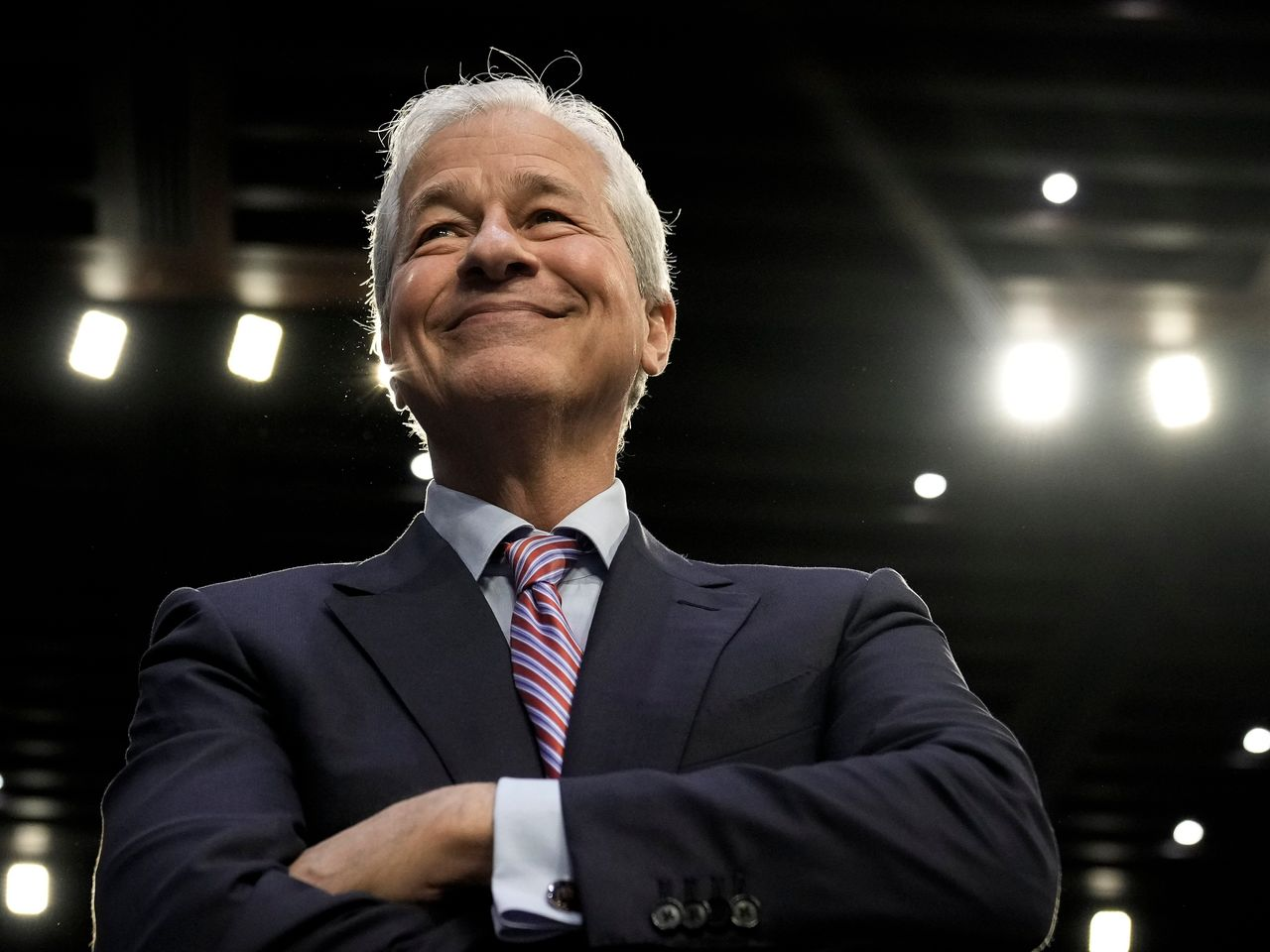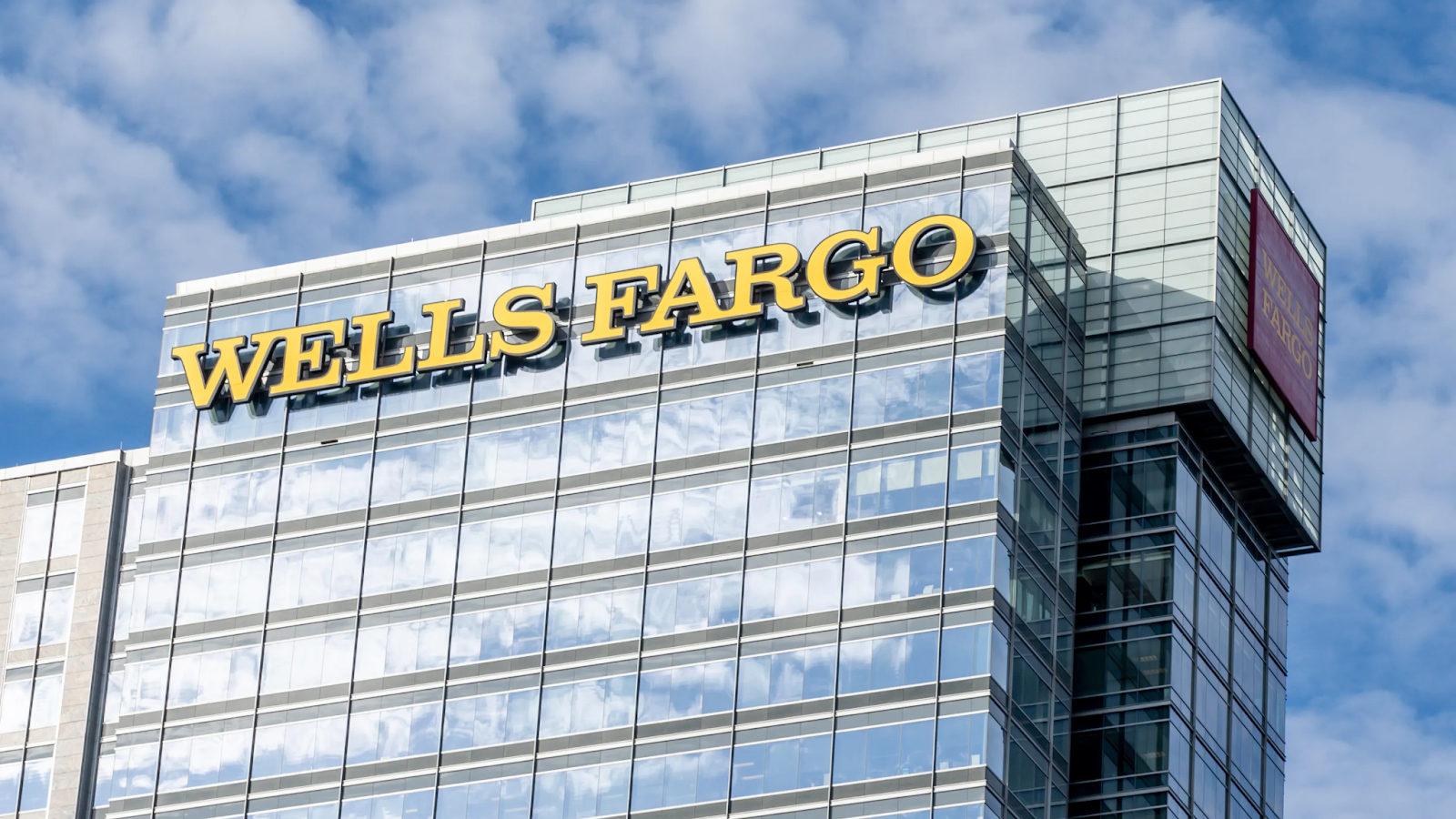A rebound in stocks is being credited to strong quarterly results from the big banks. JP Morgan Chase, Citigroup, and Wells Fargo all outperformed estimates as investors pushed up the stocks regardless of the recent panic in the banking sector.
As banks set aside more money to prepare for a recession or economic slowdown, some credit metrics declined, deposits shifted to money-market funds, and provisions for loan losses rose.
In the wake of bank earnings, here are four things to take away.
There seems to be no problem for the big banks.
Throughout the sector, optimism was boosted by JPMorgan Chase's stellar first-quarter results.
As a result, JPMorgan earned $12.6 billion or $4.10 a share, well above consensus expectations from a year earlier. Compared to Wall Street's expectations, JPMorgan earned $10.2 billion, or $3.41 a share, beating those estimates by 25%. Revenue soared to $38.3 billion, a 25% increase from a year ago, and surpassed expectations of $36.2 billion.
Several factors contributed to JPMorgan's strong results, including increased interest rates by the Federal Reserve, which increased net interest income by 49% from last year to $20.9 billion. By increasing interest rates, banks are able to earn a greater net interest income between loans they make and deposits they borrow.
In its full-year forecast, JPMorgan anticipates net interest income of $81 billion, a boost from last year's prediction of $74 billion.
In midday trading Friday, the stock gained 7% to $138, putting it on pace to gain 13.5% since November 9, 2020. Also posting better-than-expected results were Citigroup C +4.78% (C) and Wells Fargo WFC –0.05% (WFC), which gained 4.5% and 0.6%, respectively.
Wells Fargo said that consumers' financial health appears to be deteriorating, but Citigroup benefited from the divestiture of its India-based consumer business.
Smaller banks seem to be coping with the crisis.
Silicon Valley Bank and Signature Bank's collapses left Wall Street jittery ahead of earnings. But the big lenders' readings suggest that they're well-equipped to handle those headwinds in the near term.
UBS analyst Erika Najarian responded with, "What crisis? The banking industry flexes back," stating that there is no evidence of a banking crisis. Wells Fargo Securities analyst Mike Mayo agreed.
JPMorgan and other big banks also seem to benefit from the turmoil. After Silicon Valley Bank and Signature Bank collapsed, they saw deposit inflow in the final few weeks of the quarter. Customers may have moved their money to larger lenders because they were seen as stronger and more tightly regulated after those banks failed.

In a time of heightened volatility and uncertainty, Jamie Dimon described JPMorgan as "a pillar of strength" within the financial system.
In the first quarter of the year, JPMorgan's deposits declined slightly, but by the end of March, they were up by roughly 2%, or $37 billion.
Default signs are on the rise.
The macroeconomic outlook has prompted JPMorgan to increase its credit loss provision by $2.3 billion. Reserves for expected loan losses increased by $1.1 billion due to net charge-offs for credit losses.
As a result, Citigroup provisioned $1.98 billion for credit losses in the first quarter of 2022, compared with $1.85 billion in the fourth quarter. A net credit loss of 0.80% was recorded on average loans, a higher percentage than the 0.68 percent he predicted.
With net charge-offs rising from $305 million to $564 million, Wells Fargo followed the trend. Its allowance for credit losses increased by $1 billion, from $13.7 billion to $13.7 billion, over last year's first quarter.

A rising trend in leveraged loan defaults and bankruptcy filings is another indication of stress, according to Torsten Slok, the chief economist at Apollo Global Management. In a note he wrote on Friday, he said there had been a start to the default cycle. Since the Fed's rate hikes were aimed at slowing the economy, that doesn't come as a surprise, he added, adding that banks' tighter lending standards could accelerate the process.
It is still possible that a credit crunch will occur.
During the financial crisis of 2008-2009, Dimon noted that recent bank failures "uncovered some weaknesses in the system." However, conditions are better now than ever before, he said in his annual letter to shareholders last week.
In spite of the extremely low unemployment rate, the economy continues to grow.
However, the sharp rise in interest rates is having a negative impact on commercial banks. Over the past few months, the Federal Reserve estimates that more than $400 billion in deposits have left banks. There appears to be a substantial outflow of money from regional and smaller banks, and the funds are going to money-market funds that pay higher rates.
A recent Fed data set based on recent Fed data indicates that the outflows may even be in an upward trend after abating in March. However, analysts worry that smaller banks will reduce their lending in local and commercial real estate due to higher funding costs.
Despite a reduction in lending, Dimon has said that the credit crunch isn't a reality.
As a result, even if a recession occurs, consumers would be in a more stable position than they were during the Great Financial Crisis. Meanwhile, businesses are in a healthy state, supply chains are recovering, and there are very few credit losses.
The first-quarter results of Morgan Stanley MS +1.19% (MS), Goldman Sachs (GS), and Bank of America BAC +3.36% (BAC) will give us more insight into the big banks.

Subscribe to our newsletter!
As a leading independent research provider, TradeAlgo keeps you connected from anywhere.








